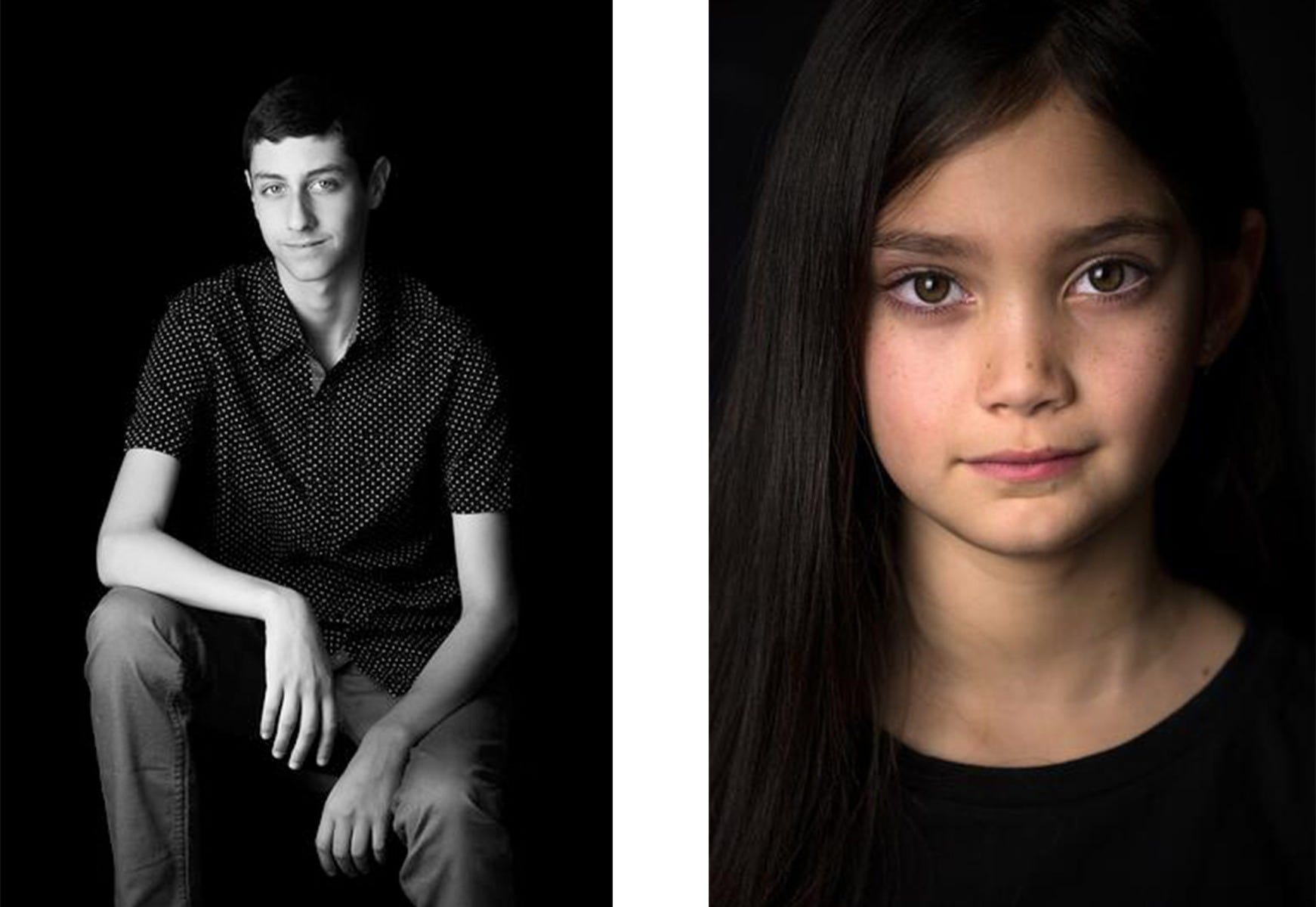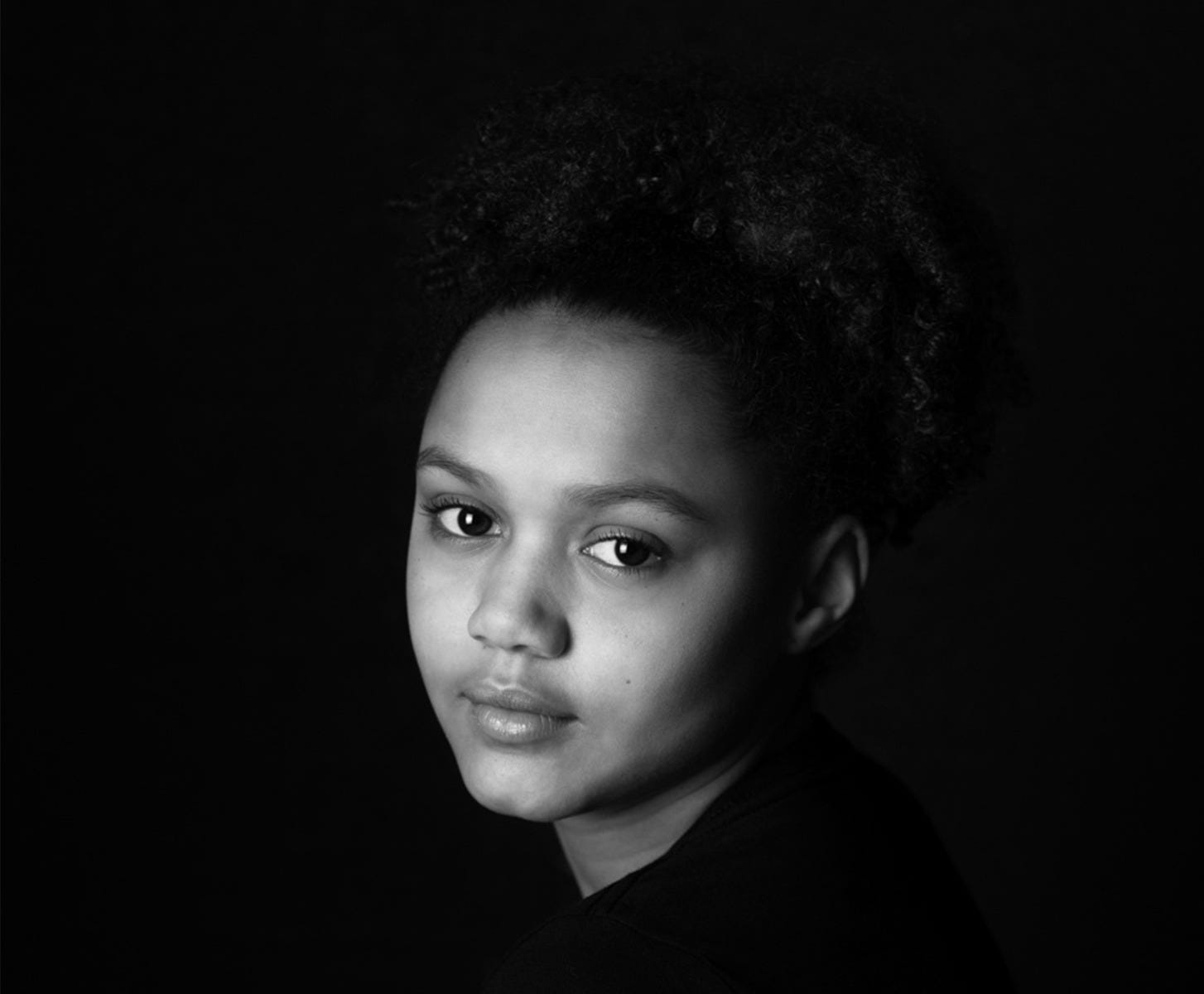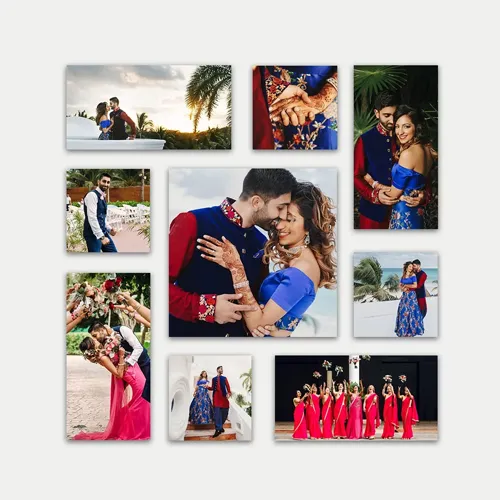5 Tips for Successful Sessions With Special Needs Clients

Throughout my career as a photographer, I have invested a lot into education. There are so many classes available for learning about newborn photography, family photography, wedding photography, and more. Yet, when looking for classes to help me understand how to photograph children with special needs, it suddenly became slim pickings. I took it upon myself to learn the best practices for photographing children with special needs and, over the years, picked up a few techniques for photographing kids who require additional accommodations. However, it wasn’t until I became a special needs parent myself that I truly understood how underserved this population is. This led me to the conclusion that all family photographers should be trained in this area. In my opinion, this service shouldn’t just be limited to a specialty or niche.
So many parents who have children with special needs have told me that they rarely, if ever, get professional photographs of their kids. For some, it is because they are afraid that the pressure of a photoshoot will be too much for their child. For others, they have tried and had horrible experiences. Their feedback is frustrating to hear including:
“My child needs step by step directions. She gets overwhelmed and confused easily.”
“I tend to feel rushed by photographers. We need breaks, we need the photographer to not be distracted or multitasking.”
“The biggest obstacles between my son and getting a decent picture is that most photographers will see that he has a developmental disability and assume that he's not capable of smiling or reacting to stimuli.”
As a mom to two boys with autism, it breaks my heart that families are missing out on this experience due to a lack of training in our field. This inspired me to create a list of strategies for capturing children with special needs so that any photographer can include this valuable service in their business. In my experience, following these steps will help your session be comfortable and successful for both you and your clients.





1) Do Your Homework
Talk to the parents on the phone before the initial consultation and have them answer critical questions about their child. They will be your most valuable source of information for a successful session. Take notes on your conversation, and review them the night before your consult so that they are fresh in your mind. You can download a sample questionnaire that I use regularly here. Hopefully this will provide you enough direction to get started and you can then edit the questions to better fit your business as you gain more experience.
2) Conduct the Pre-session Meeting in Person
We live in a fast-paced world. It can be tempting to run through your process in an email or over the phone, but taking the time to do it in person is essential. A well-executed consultation will ensure the session runs smoothly. This is your chance to lay the groundwork for a spectacular session and to warm your way into the kiddo's heart. Meet with the child’s family at the location you will be photographing them. Show the child your camera and lighting equipment. Explain what will happen at their photo session. Get to know the child. Invite them to play. Don’t take it personally if they don’t engage. Simply interacting with them and allowing them to get comfortable with you before the session can make all the difference in the world on the day of the actual shoot.3) Make Accommodations
So many of us get caught up in what works for us. What techniques, lens, or lighting we prefer to make the session go smoothly. When you’re working with a client with special needs, you have to be willing to put your own preferences aside. If the child cannot tolerate flash then use continuous light, or photograph them outdoors. If new situations scare them then bring the studio to them. If they have limited mobility then choose a site that is accessible to them. If they are deaf or hard of hearing, find a visual way to grab their attention at the session. I suggest being open and ready to model poses for them or ask if they’d like an interpreter. Be a problem solver. When in doubt, ask the parents for advice. They know the child best and will likely be willing to help!
4) Be Flexible
Be prepared for anything to happen. Even the best of plans can be foiled by a child or parent having a bad day. Try to keep the session on course but do not push hard. You may need to reschedule, so be open to this if necessary. In the event you do reschedule, be sure to debrief with the parent at a later time and evaluate what obstacles or triggers need to be removed to make the session successful next time.
























